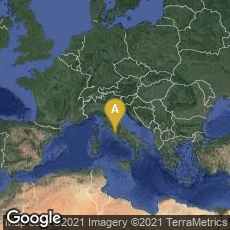

"The break between Antiquity and the Middle Ages is mitigated by two significant factors that account for the literature which survived. First, the Christian foundations of medieval European civilization were already being built in late Antiquity out of the literary materials of Roman education, while the public book trade still flourished. Western Christianity, we sometimes forget, was first of all a Roman religion, the official faith of the empire in Antiquity. When the primarily monastic Latin Roman Church set forth to convert the pagan North under the direction of Pope Gregory I and his successors, it was able to carry along with its faith the civilization, including the books, of late Antiquity.
"Along with the change in faith, a second change in late Antiquity contributed materially to the survival of ancient literature into the Middle Ages: the transposition of the bulk of ancient literature from the traditional papyrus roll to the recently adopted parchment codex occurred during the relatively stable circumstances of the Late Empire, between roughly AD 200 and 400, so that, in effect, ancient civilization had entrusted Roman literature to a much more durable vessel than the papyrus roll in which to make the transition to the Middle Ages. Ironically, it has proved to be the moments of major change in physical form—which one might expect to have increased the texts' chances of survival—that have seen the greatest volume of physical loss: the changes from roll to codex, from tribal scripts to Caroline minuscule, and from script to print; for once a body of literature is consigned to a new physical form, what remains in the old form, now redundant, is discarded" (R. Rouse," The Transmission of the Texts," Jenkyns [ed] The Legacy of Rome. A New Appraisal [1992] 42-43).